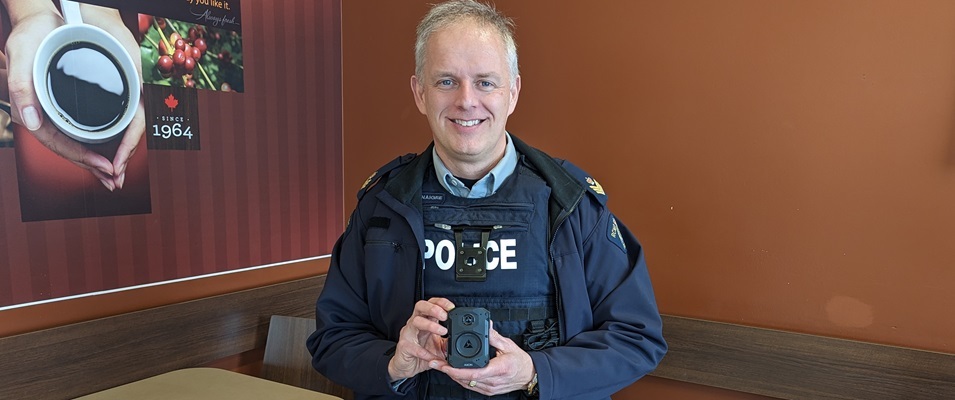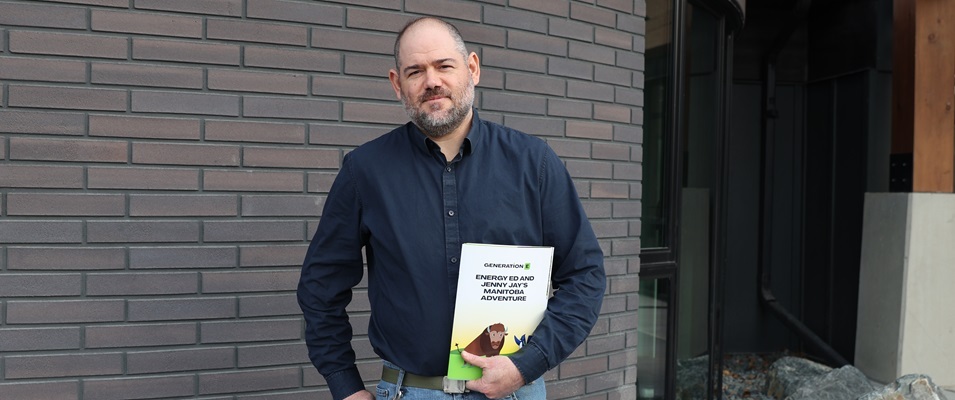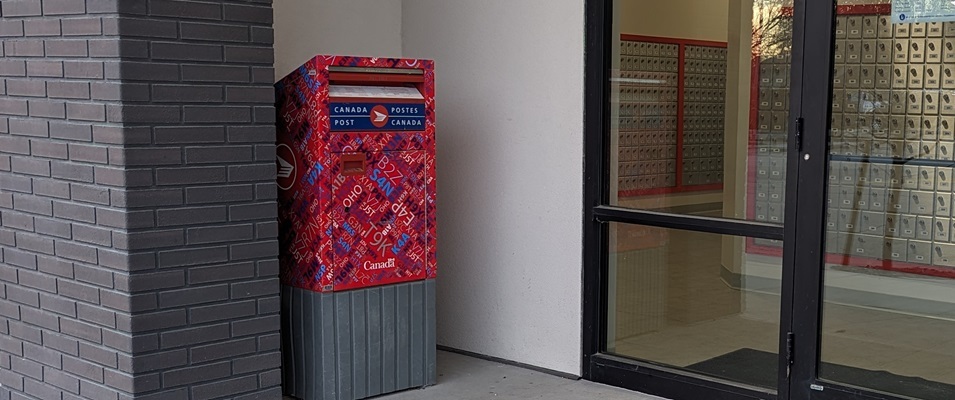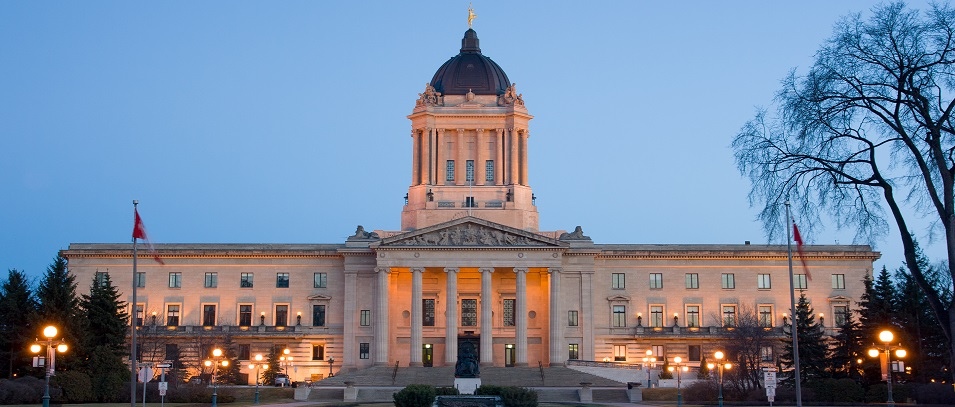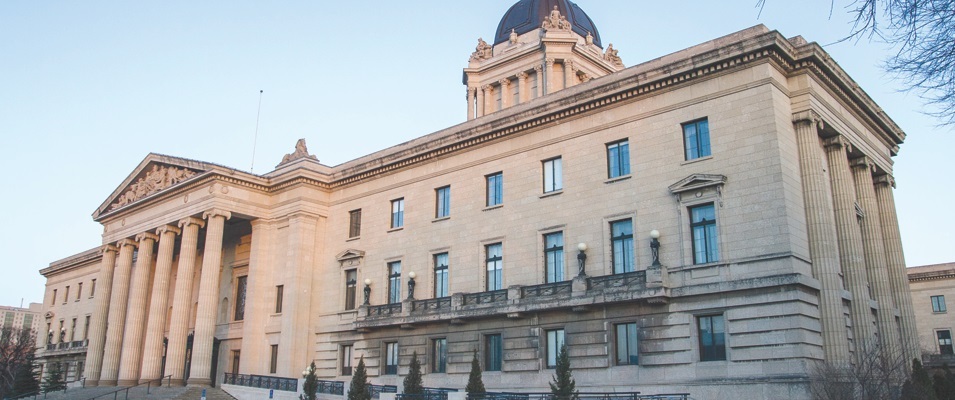
Niverville’s town council introduced their 2024 budget at a public meeting held on April 16. Residents can expect to see their property taxes go up this year. Council has determined that a 2.5 percent municipal tax increase is needed in order to meet the budget.
According to CAO Eric King, this will increase property taxes on the average house assessed at $324,000 to the tune of $52.89.
In recent weeks, the Hanover School Division also introduced an increase to local taxes, adding 6.2 percent to their education tax levy. This will mean an additional $50 to households assessed at $285,000.
Therefore, between municipal and education taxes, homeowners in Niverville with average household valuations can expect to see their property taxes jump by at least $100 this fall.
One cost that’s not going up this year is the waste collection tax levy. It will remain steady at $140 per household for the second year in a row.
Expenditures are expected to go up in every department this year with the exception of Public Health and Welfare, which primarily funds the local cemeteries. King says that the growth in expenditures has a direct relationship to the continued growth of the community.
General government services will see the most significant jump at 15 percent. This is, in part, due to the rise of minimum wage, as well as added IT and cyber security needs at the town office.
As a publicly funded medical clinic, Open Health Niverville also falls into this category.
“Open Health will be expanding to accommodate more doctors, and so we’ll be taking on more square footage,” King said. “We’re starting to renovate probably in summer.”
A budgetary increase for Protective Services is next on the list, at just under 15 percent.
“This is a large chunk of the increase due to the RCMP contract,” King said.
He refers to a federal requirement that Niverville pay more in policing fees after reaching a population of 5,000. Last year, for the first time, the cost of local policing jumped from $200,000 annually to almost $650,000.
Environmental Development, too, is taking a jump of more than 13 percent due to updates to the zoning bylaws and development plan, needed in part to prepare for the possible annexation of more land to Niverville’s east.
Transportation is up 11 percent in order to budget for a $1 million repair scheduled for two blocks of Fourth Avenue South this summer. Further funds will be allocated to the detailed design of Highway 311 west between Krahn and Wallace Roads in order to prepare for further commercial development there.
Recreation costs will go up nine percent this year in order to offer more kids camps and programming across all ages.
Some of the items budgeted into this year’s capital plan include the purchase of a new half-ton truck, an engineering vehicle, and a water tanker for the fire department.
Council will research the cost of adding new welcome signs at both entries into the community.
The first steps toward a public library will be taken with the renovation of the south end of the Centennial Arena in order to create a take-one-leave-one lending library and study lounge.
“Before we can even start to bring in books or nice comfortable chairs, we need to fix up the room,” Councillor Meghan Beasant told The Citizen. “The possible vision could include a coffee bar to help subsidize some of the services that could be offered there.”
Beasant says that the bookcases will be portable to allow for the space to be opened up for functions if needed. As well, a strong Wi-Fi connection will be ensured for those who come to use the space. She anticipates that it could be ready for use as early as this fall.
Mayor Myron Dyck adds that, over the next two years, council will do what they can to work together with a potential library board for a more permanent public library option.
Finally, the council hopes to spend some time this year reviewing the potential for a future intermunicipal raw water source cooperative. It’s a concept that would operate similarly to the upcoming wastewater treatment plant.
Working collaboratively with surrounding municipalities, King says that they will begin conversations on developing a single primary source from which water will be drawn for the larger region. If workable, it would provide a more environmentally sound solution to the many independent community wells being dug around the region.





